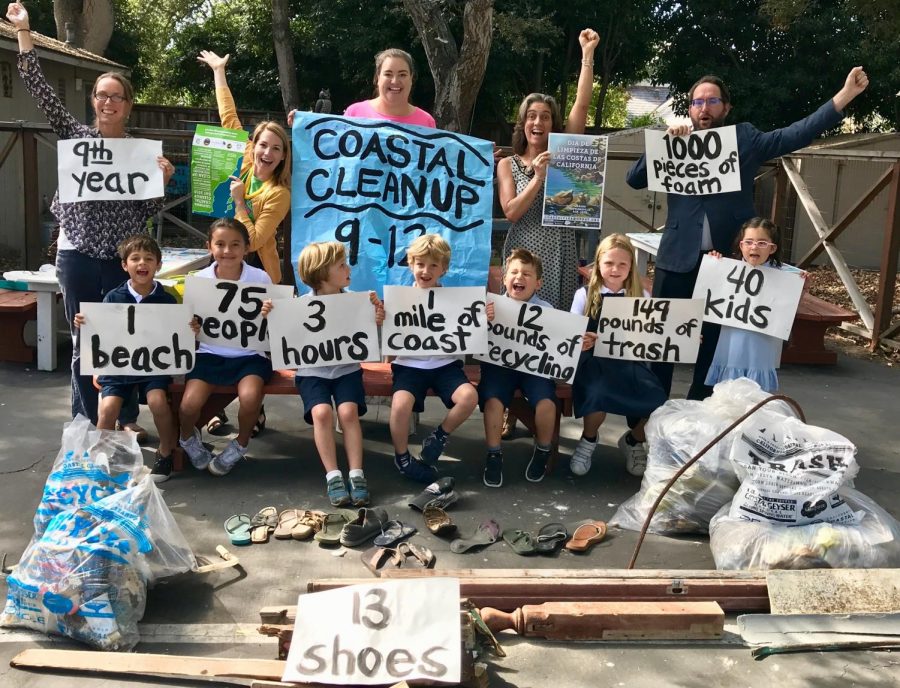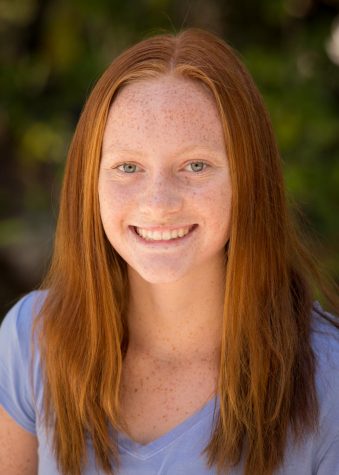Plotting Against Pollution
December 5, 2018
One small community transforms their portion of California’s Gold Coast
The word habitat is defined as “the natural home or environment of an animal.” The Pacific Ocean is precisely that for millions of marine species, and we are destroying it. Human’s increasing use of plastic products ends up killing sea turtles off of our beaches.
How? By looking like food. The difference between a plastic bag and a jellyfish may not be very apparent when you’re a hungry turtle in the open sea. In addition, the fishing nets, fishing lures, and fishing rods that are accidentally dropped into the water end up entangling sea lions and seals. Even fish have microscopic particles of plastic entering their system through their gills.
According to Ocean Crusaders, in our oceans today there are “5.25 trillion pieces of plastic debris in the ocean.” Pesticides, fertilizers, detergent, oil sewage, plastics, and countless other materials spill into our oceans every day all from those who choose to neglect to throw away trash and to recycle.
Besides decreasing the origin of the problem, everyone can make a difference by joining programs in their local community, such as the annual California Coastal Cleanup. This year, Laguna Blanca faculty, staff, students and families (joined by dozens of other local community members) volunteered at the Cleanup on September 15, which took place at Miramar Beach in Montecito.
This marked the ninth year of Laguna Blanca’s participation in this impactful event, which is lead every year by our Lower School’s science teacher, Clara Svedlund. With her strong organizational skills, a background in Marine Science and a passion for conservation of the environment, she creates an entry booth full of both information and enthusiasm.
Along with Svedlund, other faculty and staff were involved in the cleanup, namely Alison Armstrong, Elyse Vanetti, and former art teacher Melissa Abrams. Armstrong, who formerly worked at the Monterey Bay Aquarium said, “Many hours in my life were [spent] talking with guests about the Great Pacific Garbage Patch and all these statistics on Ocean Acidification. When you are a part of something for so long, you really start to believe in it. When I came to Laguna Coastal Cleanup I really [believed] in [my former studies] and wanted to keep [them] a part of me.”
She continues to explain that “If the oceans are gone, we’re gone. The ocean produces more oxygen for us than the trees ever could, because of all the phytoplankton.”
With such a crucial subject that is continuing to occur throughout many generations, we must develop ways for students to learn how to be active supporters of their environment and provide them with the motivation to do so.
Armstrong said that our school leading a beach clean up event “shows that we are invested in our local community. It’s easy to say something in a classroom, but by having a beach, Laguna Blanca is showing up for Santa Barbara.”
By the end of the day, the 75 local participants (including a large portion of Laguna Blanca’s family) picked up a total of 149 pounds of trash and 12 pounds of recycling in this small sliver of our Golden Coast. By cleaning up our own portions of the ocean, along with the land we live on, we can improve the habitats for humans and animals on this planet.


































